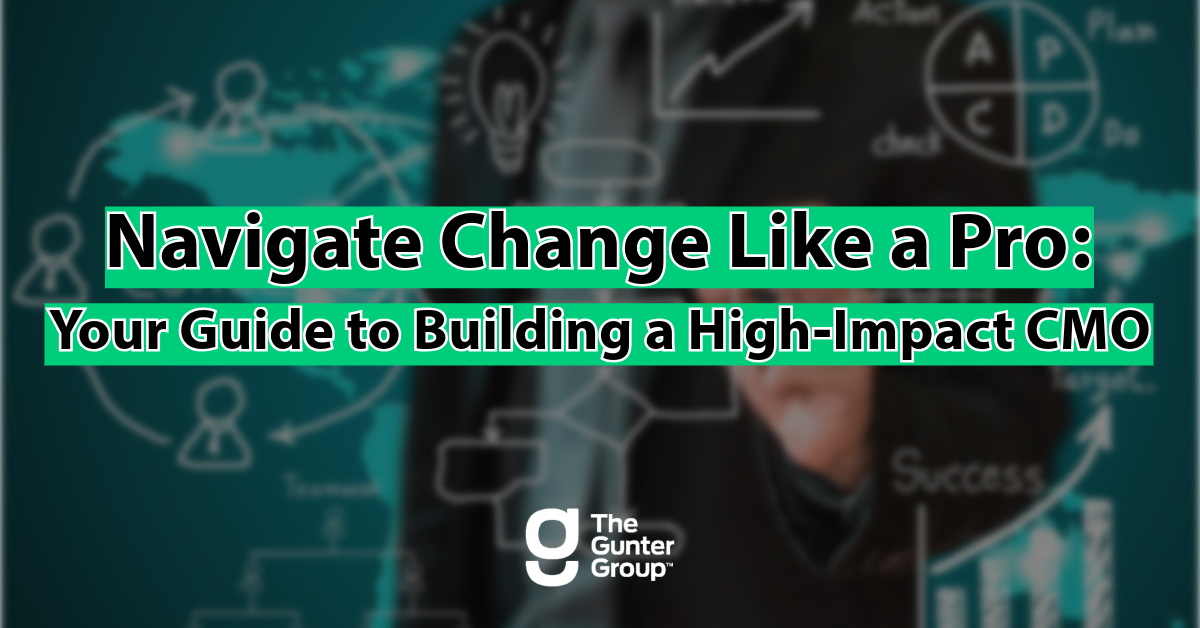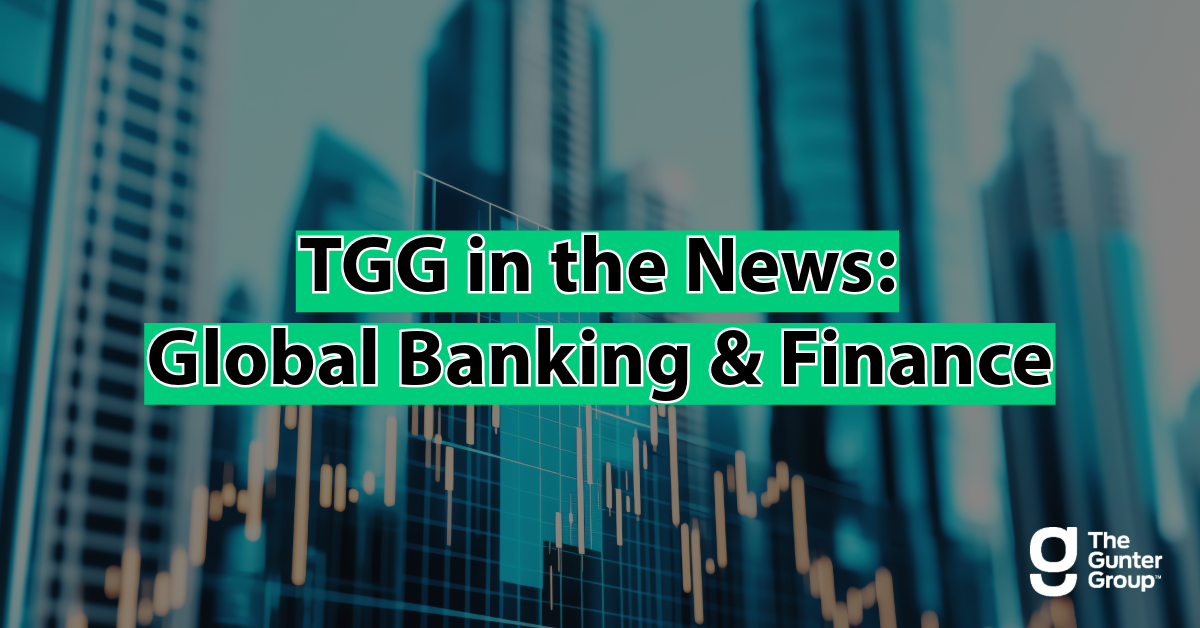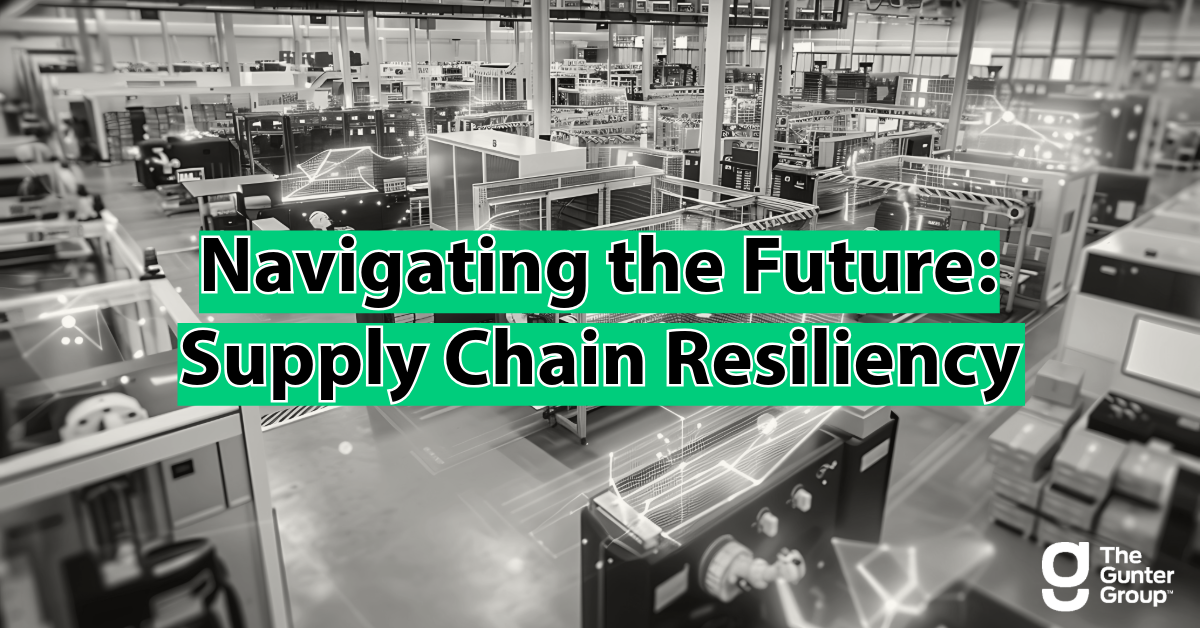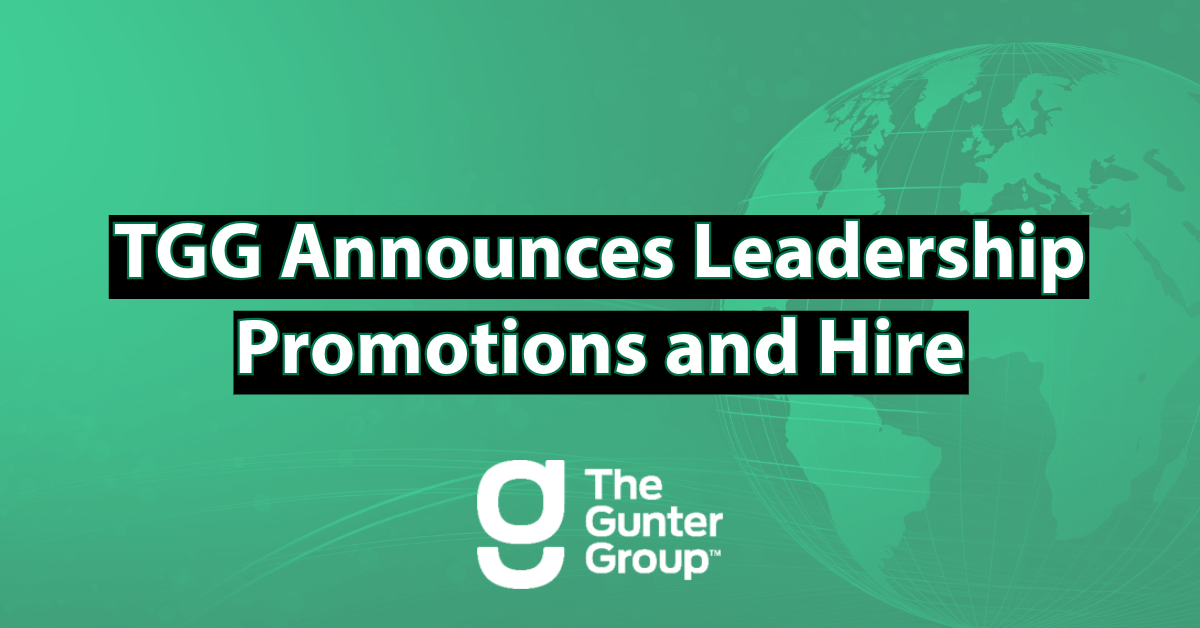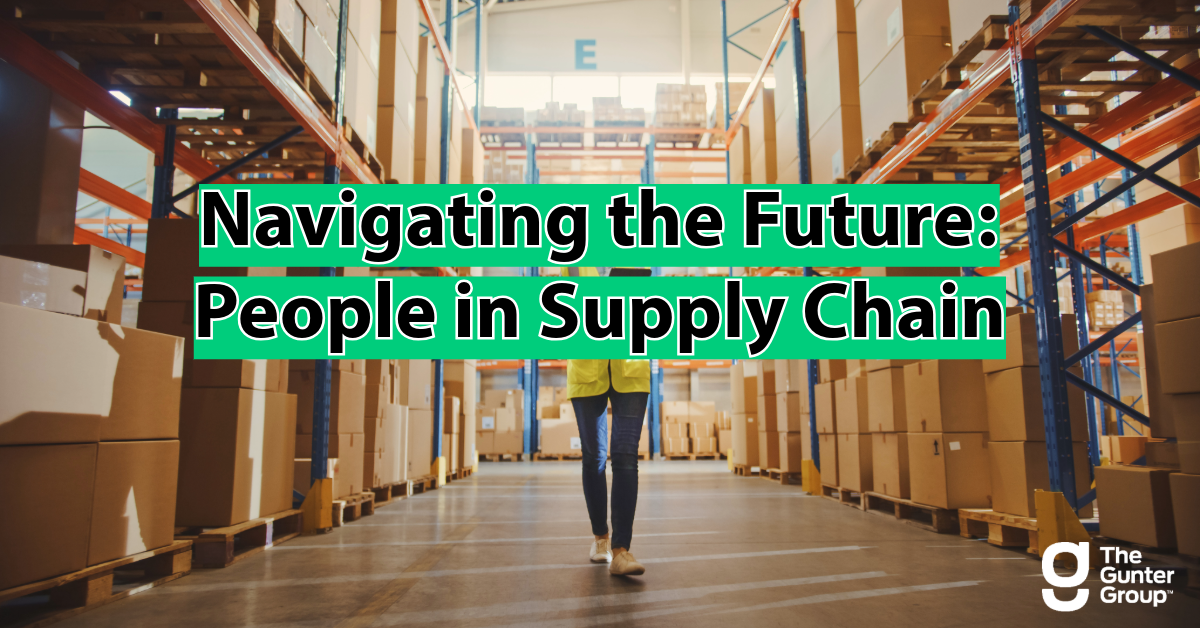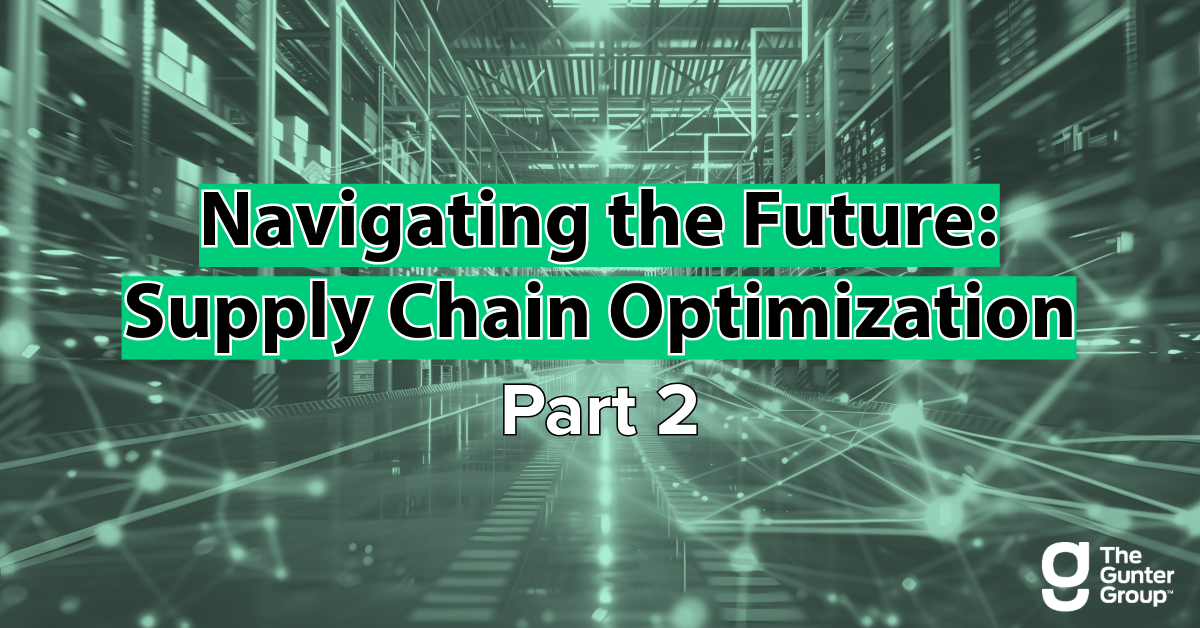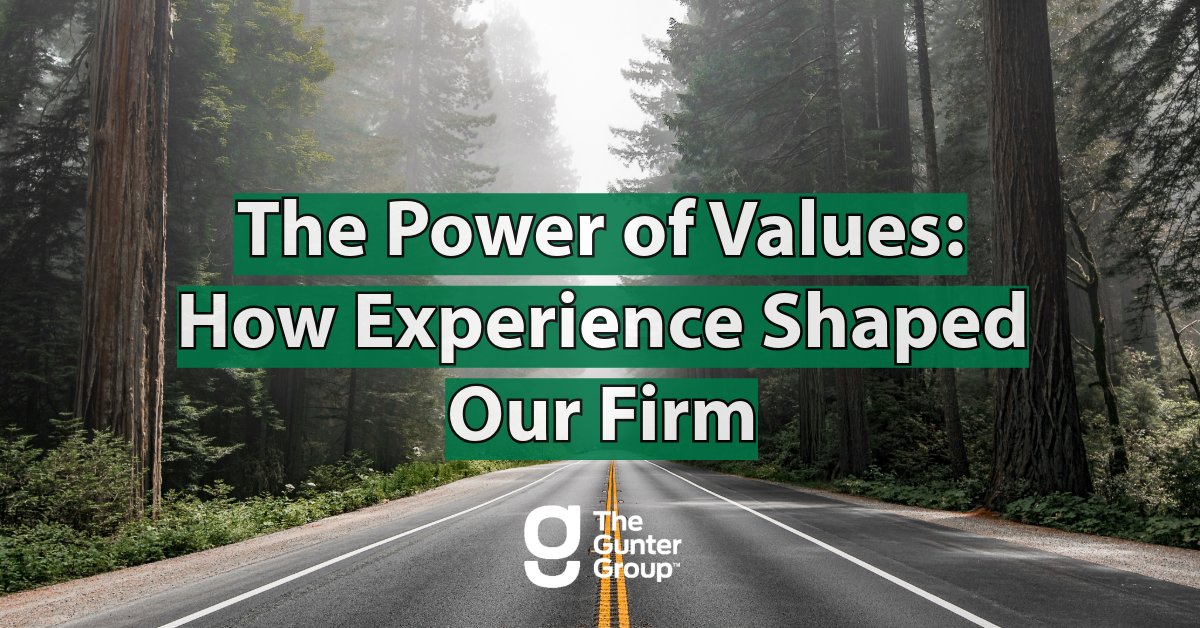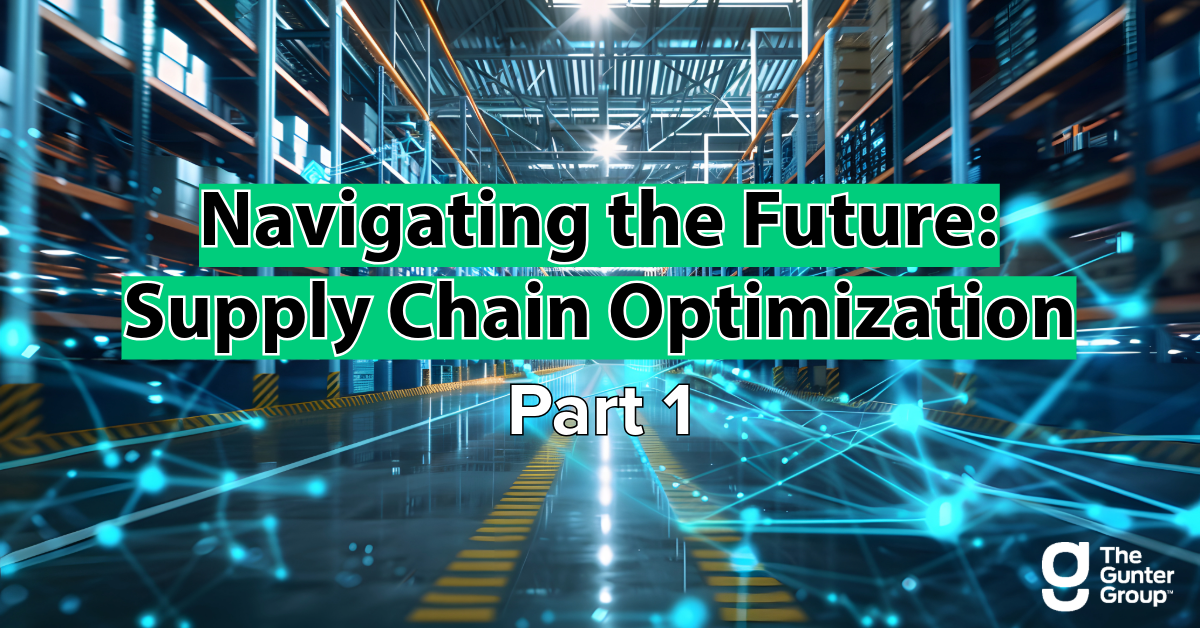Change is inevitable, whether it’s implementing new technologies, building new processes, or planning for a new organizational design. But how can you navigate change smoothly and effectively? That’s where a well-structured Change Management Office (CMO) comes in. A CMO is more than just a team of experts in change; it’s a central hub in your […]
Tag Archives: Washington
TGG in the News: Global Banking & Finance
Stephen Bacon, Principal and strategy leader at TGG, shares three key strategies for financial services firms to adapt their workforce to the transformative impact of AI. In this article published in Global Banking & Finance, learn how to embrace automation, focus on outcomes, and hire for future capabilities.
Navigating the Future: Supply Chain Resiliency
In a world of constant change, supply chains face unprecedented challenges. Building resilience has become essential for businesses to adapt and thrive. In this article we explore key strategies—like integration, partnerships, and risk management—to help organizations navigate complexity and ensure continuity in an unpredictable environment.
TGG Announces Leadership Promotions and Hire
In this special announcement, Founders Mike and Ashleigh Gunter celebrate TGG’s recent leadership promotions and hire that position TGG for continued growth and success. Learn about the members of TGG’s Leadership Team and the firm’s ongoing commitment to driving excellence and delivering exceptional value to its clients.
Navigating the Future: People in Supply Chain
Preparing your workforce is key to successful supply chain transformations. In this post, we explore workforce planning, global talent management, change implementation, and strategies to build a resilient supply chain for the future.
Navigating the Future: Supply Chain Optimization Part 2
In our second installment on supply chain optimization, we dive into the evolving trends in eCommerce, Supply Chain Collaboration, and Sustainability. Learn how these areas are transforming supply chains, presenting new challenges, and offering opportunities for businesses to enhance efficiency, reduce costs, and build a more sustainable future.
The Gunter Group Named a “Best Small Firm to Work For”
In this post we celebrate The Gunter Group being named one of Consulting Magazine’s “Best Small Firms to Work For” for the sixth consecutive year. Read about the significance of this honor and hear from TGG founders Mike and Ashleigh Gunter on what makes TGG’s culture truly exceptional.
The Power of Values: How Experience Shaped Our Firm
Join our founder, Mike Gunter, as he reflects on his 30-year consulting journey—from starting at Deloitte to building The Gunter Group. Discover how key experiences, values, and decisions shaped our firm’s vision and future, and helped create a sustainable organization built on strong principles.
Navigating the Future: Supply Chain Optimization Part 1
In this first installment on supply chain optimization, we delve into the critical areas of Data & Analytics and Flexibility & Agility. Learn how predictive analytics, big data, and digital supply chain twins are revolutionizing efficiency, while strategies like Supply Chain as a Service and elastic logistics help businesses stay agile in a dynamic market.
